Census reveals Scotland's LGBT numbers for first time
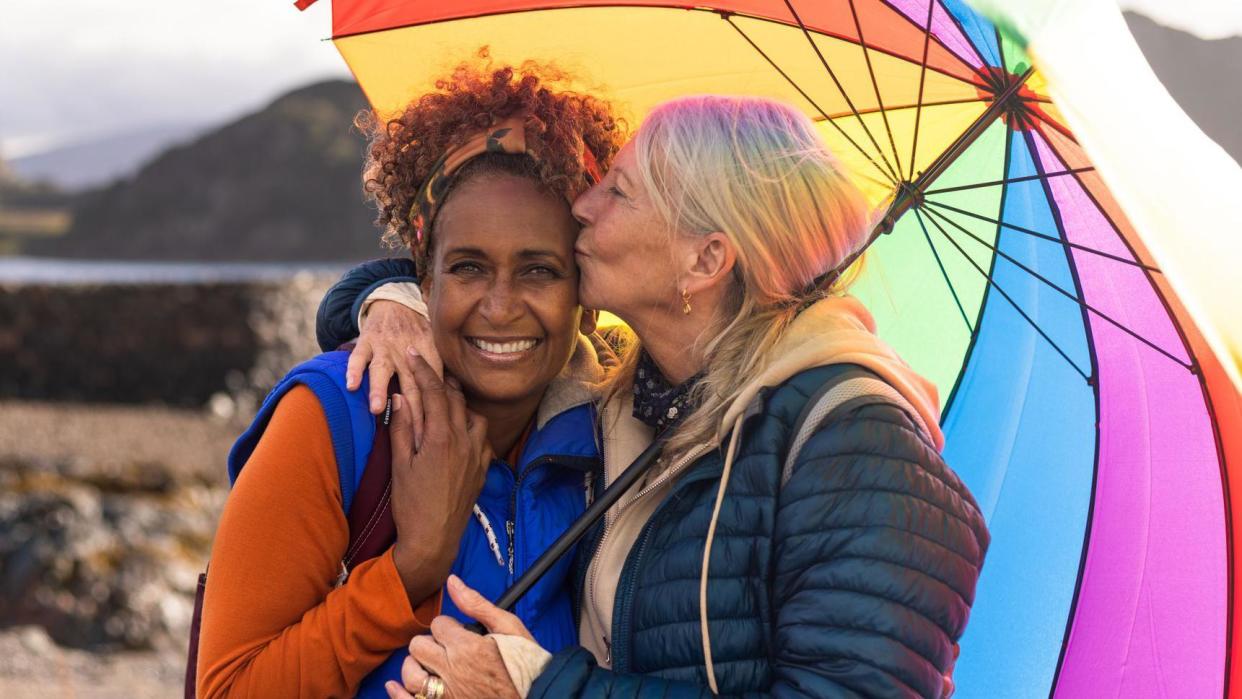
Almost 184,000 people in Scotland identify as lesbian, gay or bisexual, census data has revealed for the first time.
More than two in every five LGB+ people aged over 16 (80,260) identified as bisexual.
Nearly half of bisexual people (43.6%) were aged 16 to 24, with around a third (32%) being aged 25 to 34.
Meanwhile, the Scotland’s Census 2022 data showed 19,990 people were trans or had a trans history.
The census was the first to ask Scots to voluntarily declare their sexuality and gender identity.
National Records For Scotland said 8.2% of people did not answer the sexual orientation question.
Of those who did, about 4% of over-16s identified as gay, lesbian or bisexual and 0.4% identified as trans.
Some campaigners have questioned the accuracy of the data, as people were free to choose both their sex and the gender they identify with.
But experts say the data is the best available for policy makers to plan future services.
The Dundee City Council area had the highest percentage (0.91%) of trans people relative to the population aged 16 and over .
It was followed by City of Edinburgh and Glasgow City (both 0.77%), and Aberdeen City (0.58%).
These council areas have large student populations and relatively high numbers of young people.

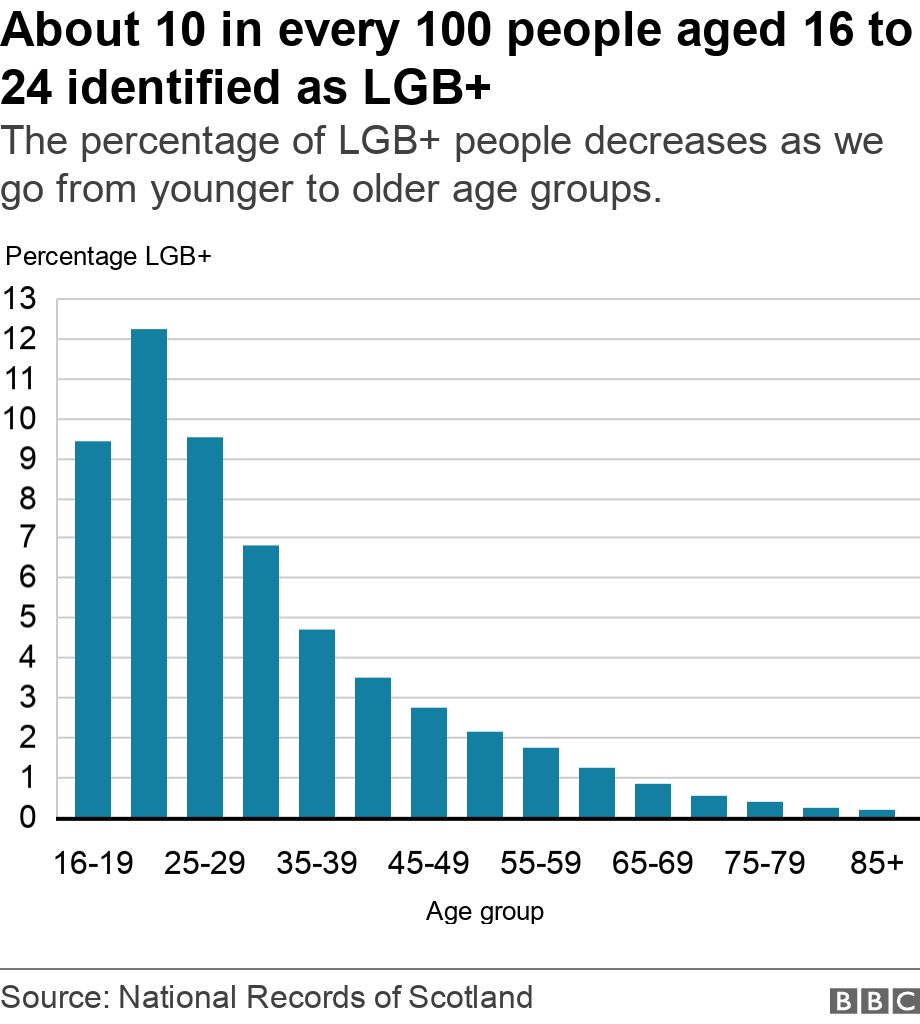
Director of Census Statistics Jon Wroth-Smith said: “These numbers will help charities, local authorities, businesses and government plan services to improve the lives of those living and working in Scotland as well as providing important information for effective equality monitoring.”
The previous census in 2011 decided not to ask respondents their sexuality after research suggested it was unlikely to provide an accurate picture.
The results of the census in England and Wales showed 748,000 (1.5%) of those aged 16 or over identify as gay or lesbian and 624,000 (1.3%) as bisexual.
It said 262,000 people (0.5%) said their gender identity was different from their sex registered at birth.
In Northern Ireland 2.1% of people aged 16 and over were LGB+.
The census - which every household is legally required to complete - is usually filled out by one person on behalf of everyone in the household.
A decade ago, census officials thought some people might feel under pressure to choose between coming out to their family or hiding the truth.
There were also concerns about how to define sexuality, which can encompass some or all of a person's behaviour, desires or identity, and might be understood differently by different people.
In 2011, officials felt Scotland wasn't ready to be open about sexuality - and there was no public discussion about recording gender identity.
But by 2022, things had changed beyond recognition.
The rainbow language of the Lesbian, Gay, Bisexual, Transgender, Queer (LGBTQ) community has expanded to include people who don't feel they fit into traditional categories of sexuality or gender.
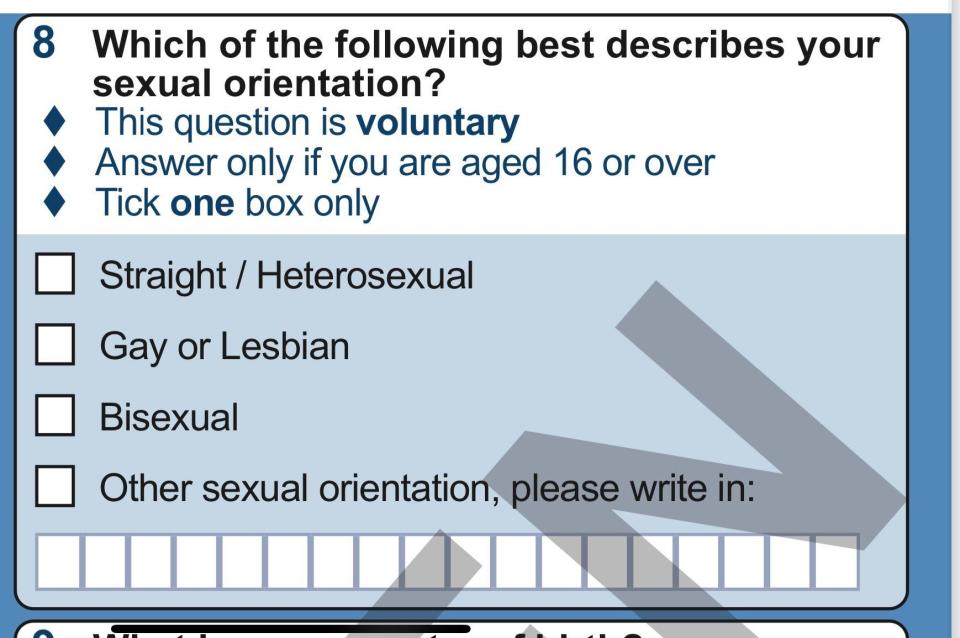
So, for the first time, a "voluntary" question was posed, asking people which term best described their sexual orientation.
Respondents were also offered the option of a free-text box to describe their sexual orientation if it was not one of the three options available.
Another question asked for the first time was "Do you consider yourself to be trans, or have a trans history?".
Again, respondents were given a free-text box to fill in however they wished.
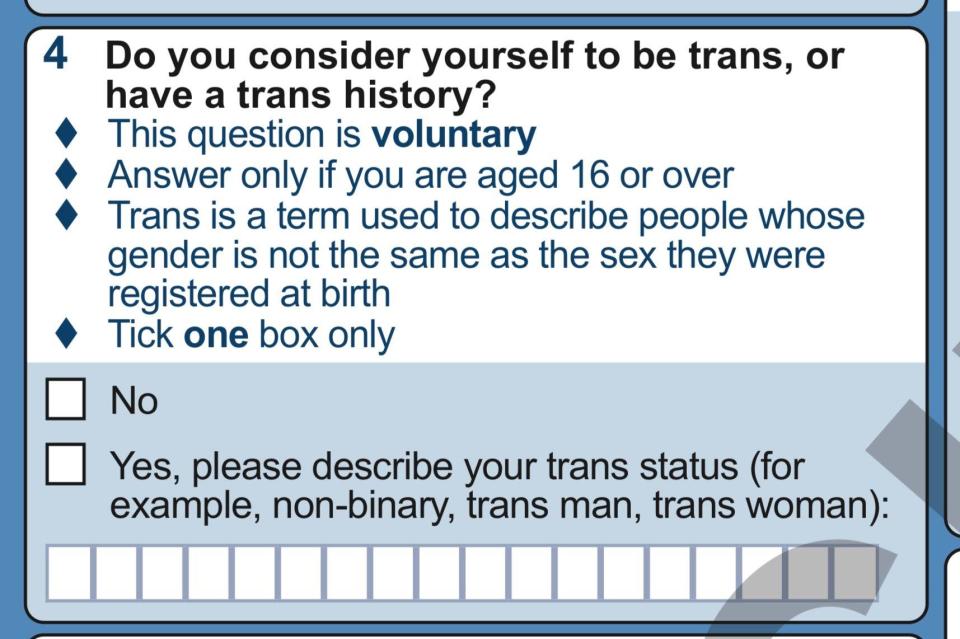
The new questions came against a background of changing social attitudes.
At the turn of the century, just over 20 years ago, only about 29% of Scots believed same-sex relationships were “not wrong at all". By 2015, this had risen to 59%.
A change in attitudes during the 2010s appears to have been reflected in at least some of Scotland’s institutions.
In 2016, then Scottish Labour leader Kezia Dugdale proclaimed Holyrood "the world’s gayest parliament" as she joined the ranks of openly LGBT party leaders, alongside Tory Ruth Davidson, the Scottish Greens' Patrick Harvie and UKIP’s David Coburn.
For those questioning their gender, tolerance has also undoubtedly grown over recent years.
In 2022, a survey conducted for the BBC suggested a general sympathy towards trans people accompanied by uncertainty, particularly for older Scots, around how the law should treat them.
But the size and shape of the LGBT community has so far been the subject of guesswork.
That has been an obstacle to robust planning for services such as healthcare, and to understanding the impact of anti-discrimination laws.
So the new census data should provide a stronger basis for authorities to consider all of Scotland’s communities when designing equal access to the services they provide.
Kirstie Ken English, a quantitative methods tutor in sociology at the University of Glasgow, said overall population estimates of the size of the census are really useful for policy makers and researchers.
She said the questions on sexuality and trans status provided a "minimum" count as many people chose not to answer the question.
'I have seen progress over the years'
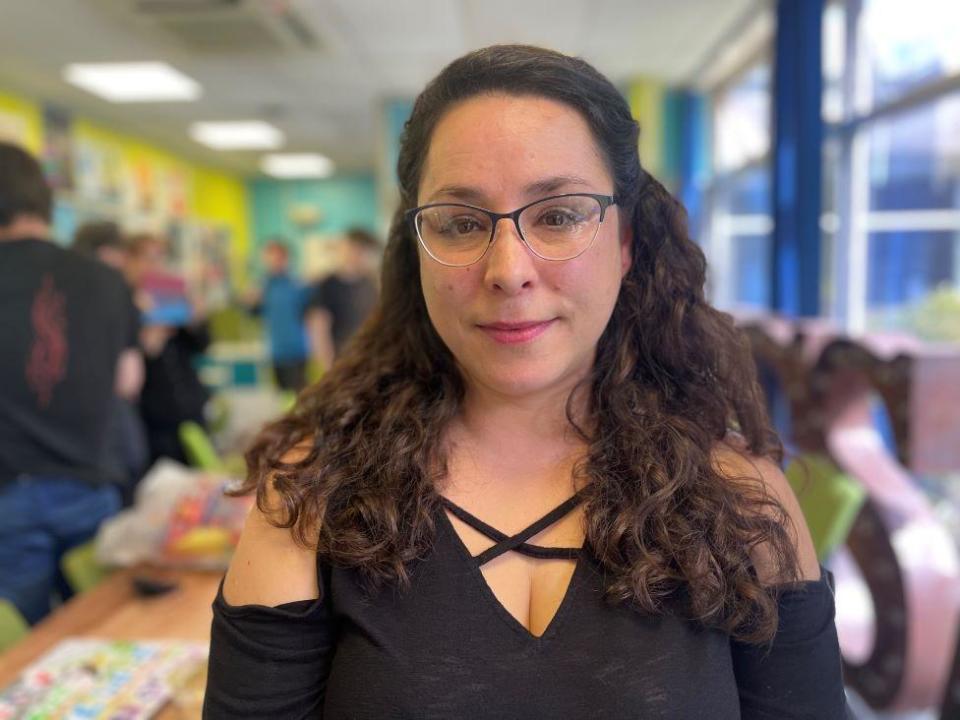
At Fife College, a group of students are getting ready to take part in local Pride events.
Tanya Grant is bisexual and was delighted to complete the sexual orientation section of the census.
“It was quite refreshing because I come from Zimbabwe where there is no freedom of expression and to be anything but heterosexual is against the law. That’s why I felt it important to fill in that information.
“I think there is more acceptance now and this is another step in putting it in black and white on paper.
“I have seen progress over the years.”
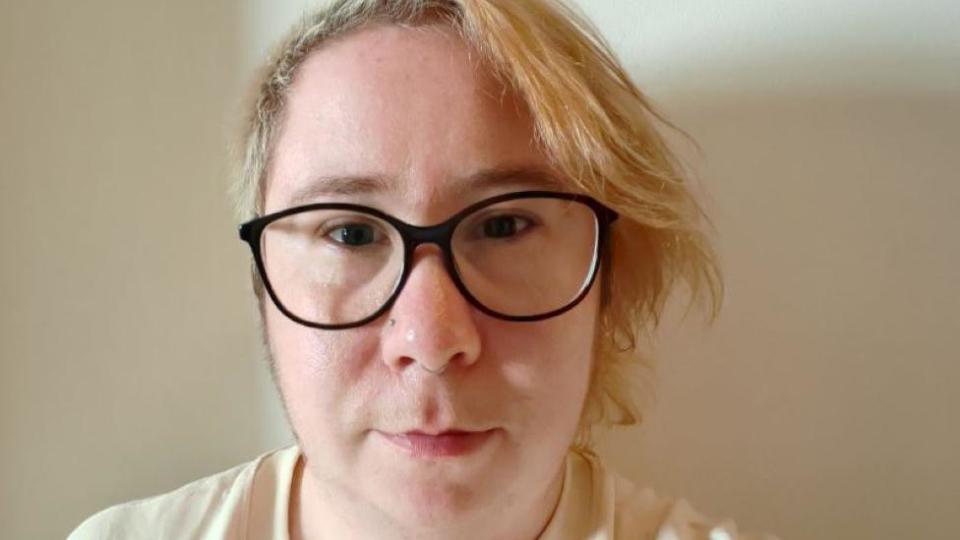
Jamie Petrie identifies as a trans man and feels a lot has changed since the last census in 2011.
“I’m not the type of person who tends to lie about myself, so I completed the voluntary questions.
“I felt it was important.”
Dr Kevin Guyan is a researcher of identity data and Chancellor's Fellow at the University of Edinburgh.
He said: “The census is often seen as the ‘gold standard’ of data collection exercises, that high-level count of everyone in a country.
“Adding these new questions, voluntary questions, should create that more comprehensive picture of who lives and works in Scotland."
He added: “I was keen to get people involved in the count - in terms of presenting an opportunity for people to see themselves recognised in this national exercise.
"But what’s really important is that the Scottish government use this data meaningfully.
"There’s no point gathering more and more data about LGBTQ communities if it isn’t used effectively to improve services and improve people’s lives.”


